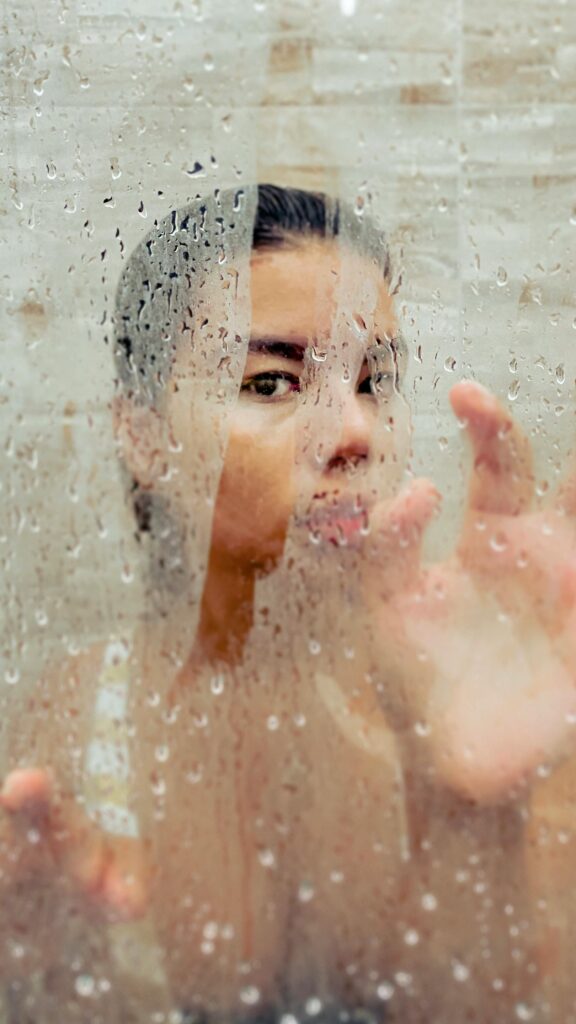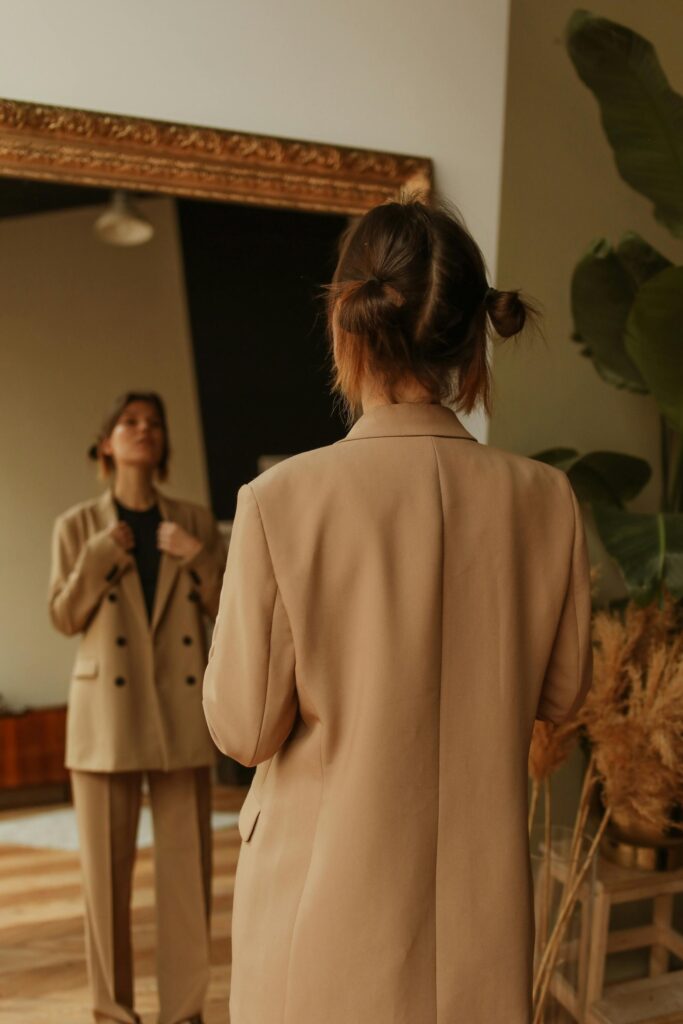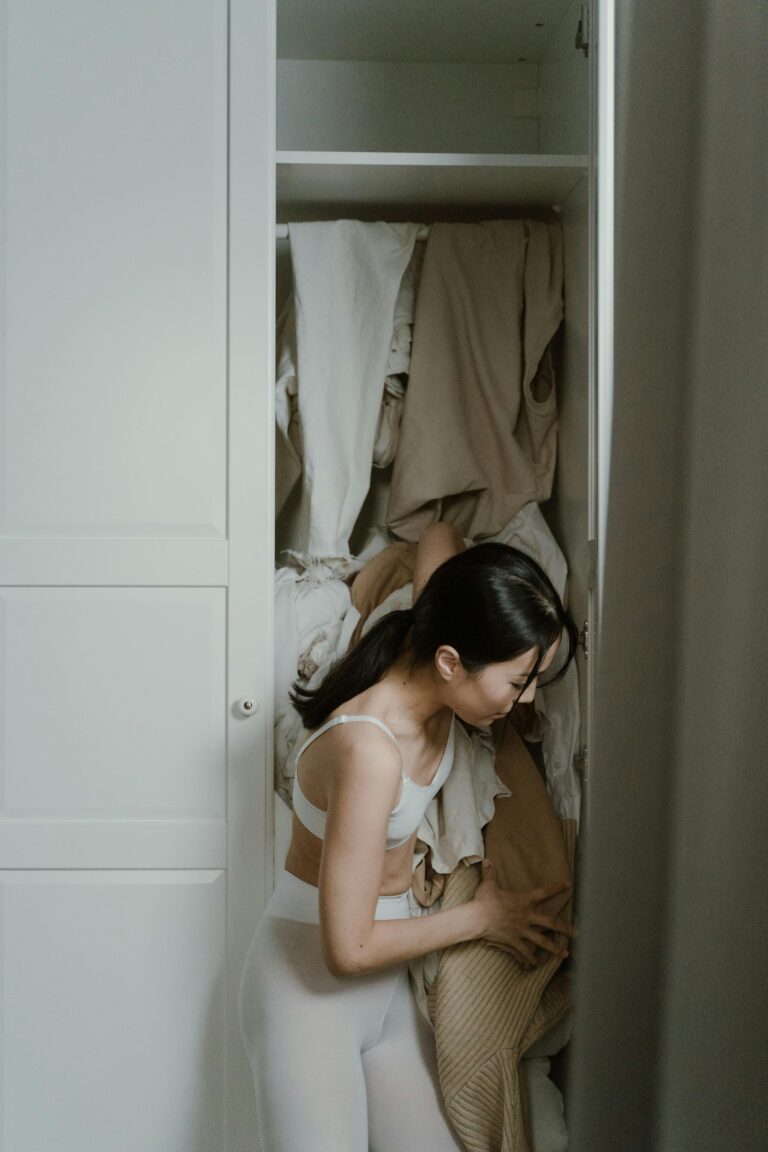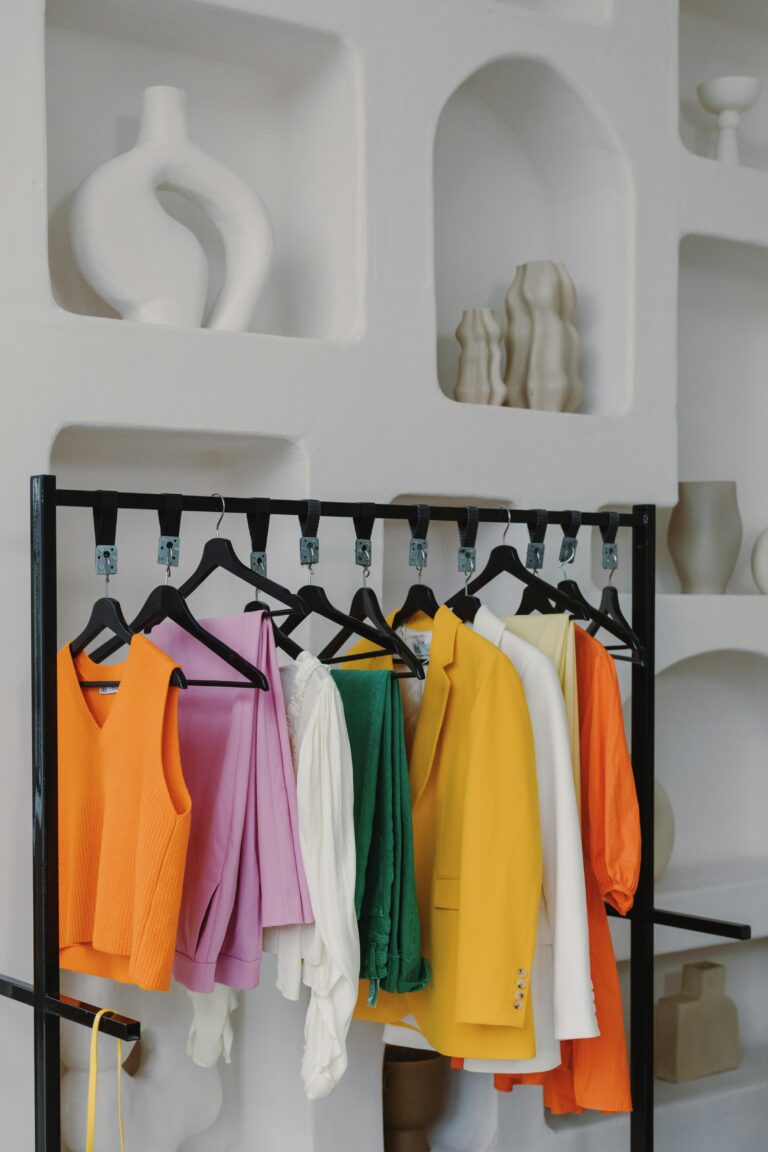The Mirror Slump: How to Change What You See in Your Reflection
You stand before the mirror. For a fleeting moment, there might be a sense of satisfaction, but it quickly shifts. The analysis begins. Suddenly, you see all the perceived flaws: the nose isn’t straight, the cheekbones aren’t high enough, the eyes don’t have that fox-lift seen everywhere.
The internal monologue is a repetitive, intrusive loop of comparison against long-standing, invisible standards. Your mind loops ruminative, intrusive thoughts instead of calm or neutral ones. And in the midst of this, you forget to ask the most important question: if you had their features, what would be left of you? You are not a clone of anyone else.
This is the Mirror Slump. It is a quiet, daily erosion of self. And it happens because we have been taught to use the mirror not as a tool for reflection, but as a tool for measurement.
We measure ourselves, but the unit of measurement is not our own. It is an invisible standard, unconsciously adopted over years from social media, from films, from a culture that profits from our self-doubt. Light shapes perception; harsh lighting can sharpen flaws, soft light can soften them. Beauty is not a concrete fact; it is a perception. Some see it everywhere, some nowhere. The problem is not what is in the mirror, but the ruler you are holding up to it.

When the mirror is a measurement tool, our clothes become instruments of compliance or evidence of failure. We dress to meet the standard of the unknown people in the known world, and a quiet comparison begins with everyone we meet. But there is another way to see.
The Reframe: The Mirror as a Diary
What if the mirror was not a measurement tool? What if, instead, it was a Diary?
A diary judges nothing; it observes everything. It is a private space for recording the truth of the present moment. Using the mirror as a diary is about noticing one new thing each time: good, neutral, or challenging. It is about seeing yourself beyond the surface, recognizing the things you forget to see because of habituation. It is a space to note how outfit changes shift your posture, to practice self-talk, to rediscover yourself. You might imagine yourself a pop star, sing aloud, or pause to acknowledge a quiet intelligence reflected back in the glass.
The Practical Application: Two Daily Check-Ins
This is no lengthy journaling ritual; just two brief, strategic check-ins that shift focus from measurement to observation.

1. The Morning Intention
Before choosing your outfit, pose one strategic question: What energy must I carry today? This is not a fluffy affirmation; it is an act of deliberate cognitive priming. Clarifying your mindset: comfort, boldness, or calm primes your brain to choose for your internal needs, not external expectations.
2. The Evening Data Point
At the end of the day, a quick glance in the mirror. If you find yourself thinking, “This outfit didn’t work,” turn that judgment into useful data. Ask: What did I hope to achieve this morning? What shifted today to change that feeling? Was it comfort, confidence, or something else? It turns a moment of self-criticism into sharp, reflective insight.

The Companion in the Glass
A mirror is inanimate, yet it can act as a silent companion. The mirror reflects your thinking back to you; it is a tool for metacognition. If you look in the mirror and only see flaws, it is not the mirror that is cruel; it is reflecting a critical internal narrative. It reveals the story you keep telling yourself.
This is the profound shift in power. When a woman stops using the mirror to measure her worth by external standards, she reclaims the authority to write her own story. No one can diminish her worth when she holds the pen. She becomes the author of her reflection, shaping it with each deliberate choice to see herself anew.





